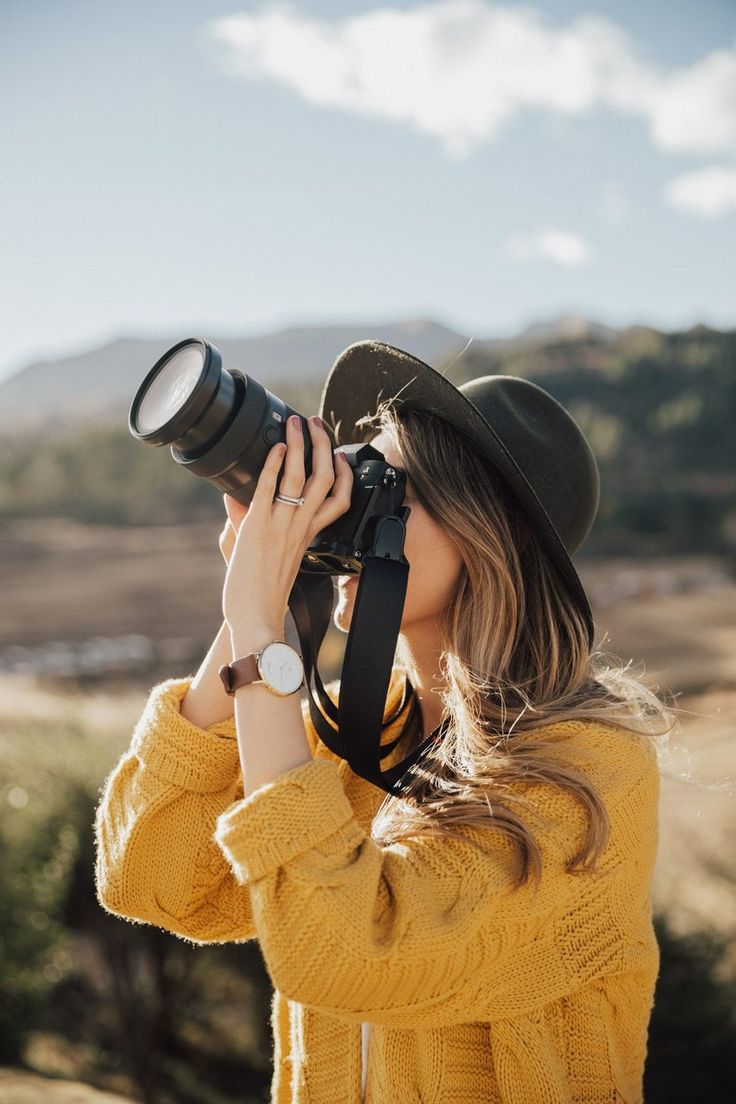The Art of Photography:
Photography is more than just a technical skill; it’s an art form that requires a keen eye, creativity, and a deep understanding of your tools. Whether you’re a budding photographer or looking to refine your skills, this comprehensive guide will walk you through the essential steps to becoming a proficient photographer.
Understanding the Basics
1. Know Your Equipment
- Camera Types: Understand the differences between DSLRs, mirrorless cameras, and smartphones.
- Lenses: Learn about various lenses and their purposes (wide-angle, telephoto, prime, etc.).
- Settings: Master the manual settings on your camera, including ISO, shutter speed, and aperture.
2. Composition and Framing
- Rule of Thirds: Divide your frame into a grid of nine squares to help position key elements.
- Leading Lines: Use natural lines to lead the eye into the picture.
- Perspective: Experiment with different angles and viewpoints.
3. Lighting
- Natural Light: Utilize sunlight effectively, understanding the golden hour.
- Artificial Light: Learn how to use flash and other artificial lighting sources.
- Shadows and Highlights: Balance light and dark to add depth to your photos.
Developing Your Style

1. Explore Different Genres
- Try various photography styles (landscape, portrait, street, etc.) to find what resonates with you.
- Each genre requires different techniques and approaches.
2. Study the Work of Others
- Analyze the work of renowned photographers.
- Attend galleries, read photography books, and join online forums.
3. Practice and Experiment
- The more you shoot, the better you’ll understand your preferences and strengths.
- Don’t be afraid to experiment with unconventional techniques.
Post-Processing and Editing
1. Editing Software
- Learn to use software like Adobe Photoshop and Lightroom.
- Understand basic editing techniques like cropping, color correction, and retouching.
2. Developing a Workflow
- Establish a consistent workflow for editing and organizing your photos.
- Regularly backup your work.
Building a Portfolio
1. Select Your Best Work
- Choose photos that best represent your style and skill.
- Quality over quantity: a few outstanding images are better than many mediocre ones.
2. Online Presence
- Create a professional website or use platforms like Instagram to showcase your work.
- Engage with the photography community online.
Continuous Learning and Improvement
1. Photography Courses and Workshops
- Enroll in courses to improve your skills and learn new techniques.
- Attend workshops and photography meetups.
2. Feedback and Critique
- Seek constructive criticism from peers and professionals.
- Be open to learning from feedback.
3. Stay Updated
- Keep up with the latest trends and technological advancements in photography.
Becoming a good photographer is a journey of continuous learning and practice. Embrace every opportunity to capture the world through your lens, and remember, each photo you take brings you one step closer to mastering this beautiful art form. Keep shooting, keep experimenting, and most importantly, enjoy the process of creating and capturing moments. 📸✨

